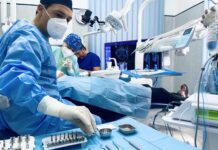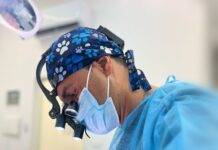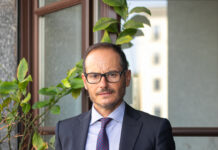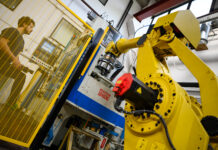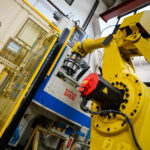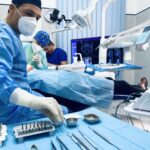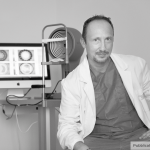In Italy, breast augmentation is one of the most requested aesthetic surgeries. Each year, around 50,000 procedures are performed, reflecting the growing demand for breast enlargement among women of all ages (however, by law, the procedure cannot be performed on girls under the age of 18 in our country). The widespread popularity of breast augmentation demonstrates how firmly this type of surgery is established in the field of aesthetic medicine, with increasingly natural and safe results, thanks to advancements in prosthesis materials, surgical techniques, and post-operative recovery strategies. “The increased awareness of the safety of the procedure and the development of minimally invasive techniques, which reduce risks and accelerate recovery, contribute to the growing success of this type of surgery, used both for aesthetic and functional reasons,” says Professor Sergio Brongo, Associate Professor of Plastic Surgery at the University of Salerno and Head of the Plastic Surgery Department at the Ruggi Hospital in Ancona.


Professor Brongo, what is breast augmentation and why do many women choose this surgery today?
Breast augmentation is a surgical procedure aimed at increasing the volume of the breast through the insertion of breast implants. Today, many women opt for this type of surgery for a variety of reasons, often related to a combination of aesthetic, emotional, and functional factors. The breast is considered a symbol of femininity, and in some cases, the perception of a smaller or asymmetrical breast can negatively affect a woman’s self-esteem. After pregnancy or significant weight loss, for example, the breast may lose volume and tone, appearing deflated and saggy. Breast augmentation helps restore the shape and fullness of the breast, allowing women to feel more comfortable in their bodies. This surgery can also correct natural asymmetries between the two breasts, creating a more balanced appearance. In other cases, breast augmentation is part of a reconstructive procedure, such as for patients who have undergone a mastectomy due to breast cancer. In this case, the goal is to restore the symmetry and volume lost, improving the patient’s psychological well-being. Finally, some women simply desire a larger breast size for aesthetic reasons, to feel more attractive or more in tune with the image of themselves they wish to project.
Today, breast implants represent the pinnacle of technological advancements in aesthetic surgery.
Absolutely! The evolution of breast implants has made it possible to achieve increasingly natural and customized results. New technologies and the ability to choose from a wide range of shapes, volumes, and profiles allow the procedure to be tailored to the specific needs of each patient. Generally, round implants are more suitable for those seeking a noticeable volume, while anatomical implants are ideal for patients with breast ptosis, as they help lift and restore volume to the lower part of the breast. Modern implants are also designed to interact seamlessly with the body, reducing irritation to the surrounding tissues. Cohesive gel implants are less susceptible to shape loss and rupture, further reducing the risk of surgical revisions and improving long-term stability (some implants come with a guaranteed lifespan of up to 15–20 years).
What are the latest advancements in surgical techniques?
Over time, surgical techniques have become less invasive. Today, procedures can be performed with less trauma to the tissues and minimal scarring, significantly reducing recovery time and the risk of post-operative complications. Breast implants are typically placed either beneath the mammary gland or beneath the pectoral muscle, depending on the surgical technique used. In both cases, the incisions are generally smaller and less visible. Patients can return to normal activities after just a few days, with 98% of cases having a post-operative recovery time of 3 to 10 days. It’s important to highlight that both round and anatomical breast implants do not interfere with cancer screenings, such as mammograms, and do not compromise the ability to detect breast tumors.
You are a renowned plastic surgeon known for your expertise not only in breast augmentation but also in rhinoplasty. Could you tell us more about this type of surgery?
Rhinoplasty is one of the most requested and complex aesthetic surgical procedures, aimed at modifying the shape, size, and structure of the nose to achieve a harmonious result that is proportional to the rest of the face. This procedure can be performed for aesthetic, functional, or reconstructive reasons, and has a positive impact on both the appearance and the functionality of the nose, as well as on the patient’s self-esteem and quality of life. The surgery can be performed using two main surgical approaches. With closed rhinoplasty, incisions are made inside the nostrils, leaving no visible external scars. With open rhinoplasty, the incision is made externally between the nostrils (but the scar is almost invisible). This approach allows the surgeon better access and visibility of the nose’s structure, making it easier to perform more precise and intricate corrections. The recovery after rhinoplasty is a gradual process that requires patience. Most people return to normal social and work activities within two weeks.






